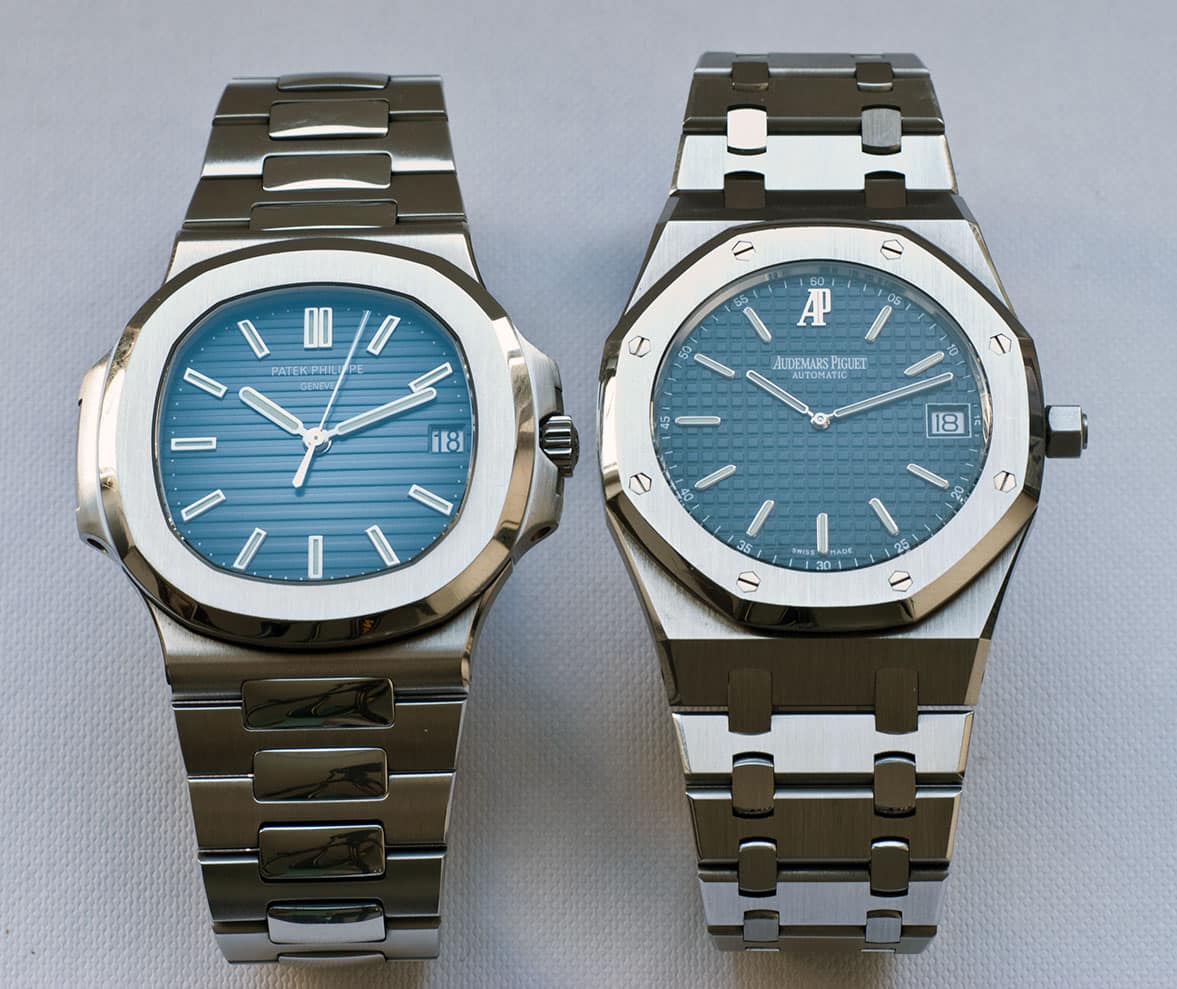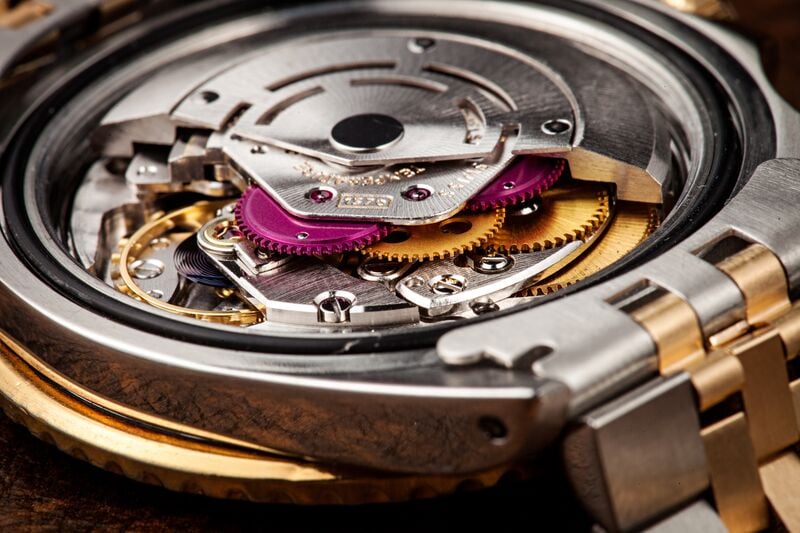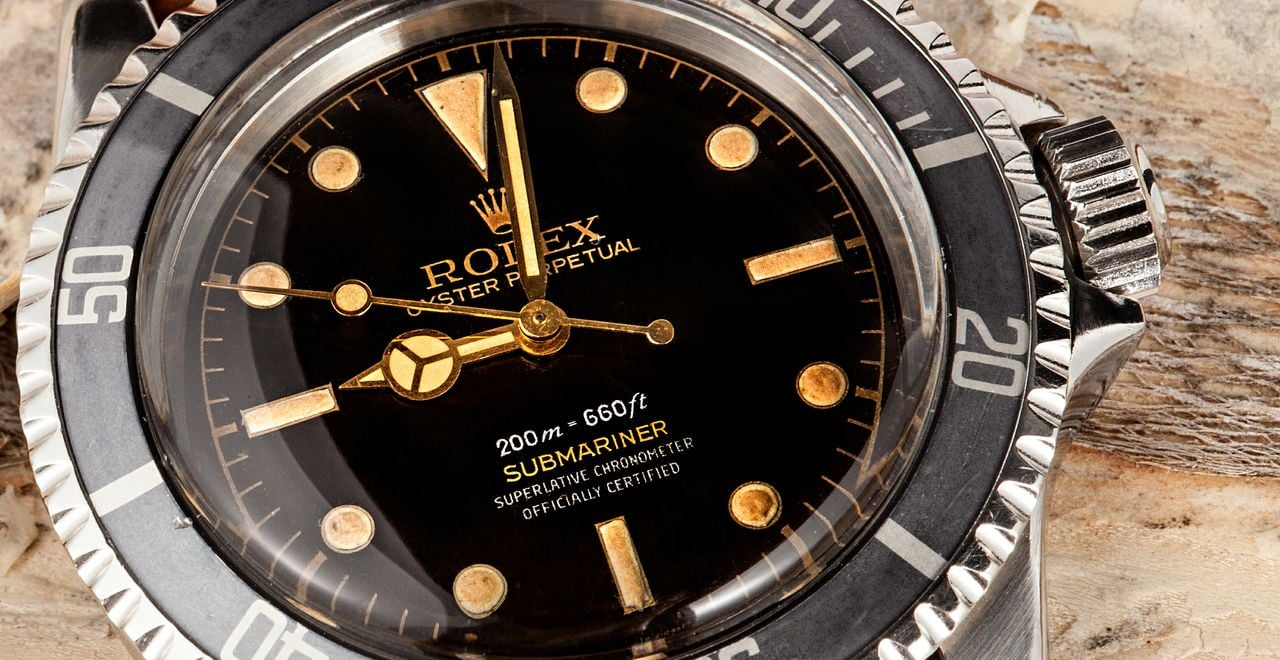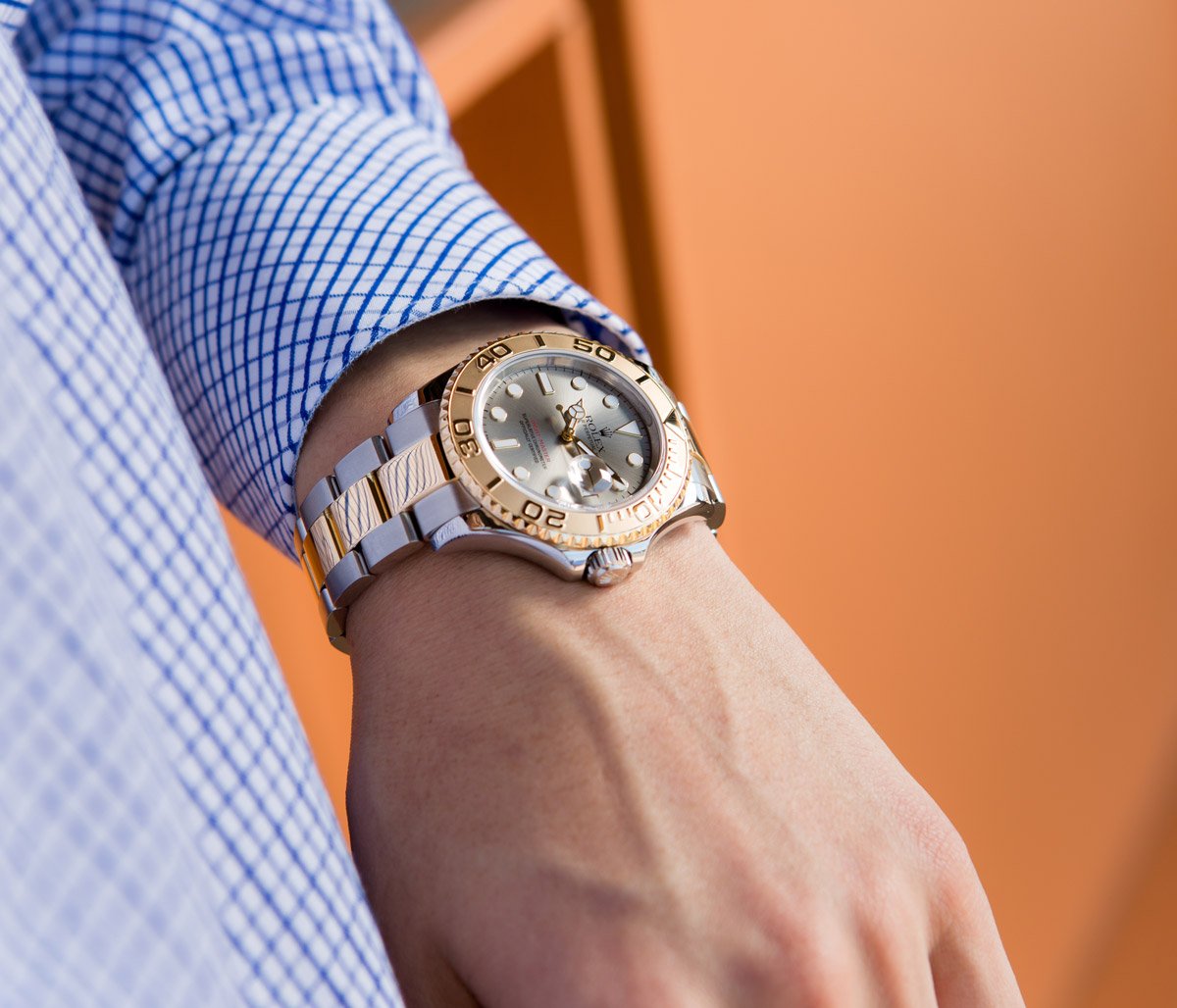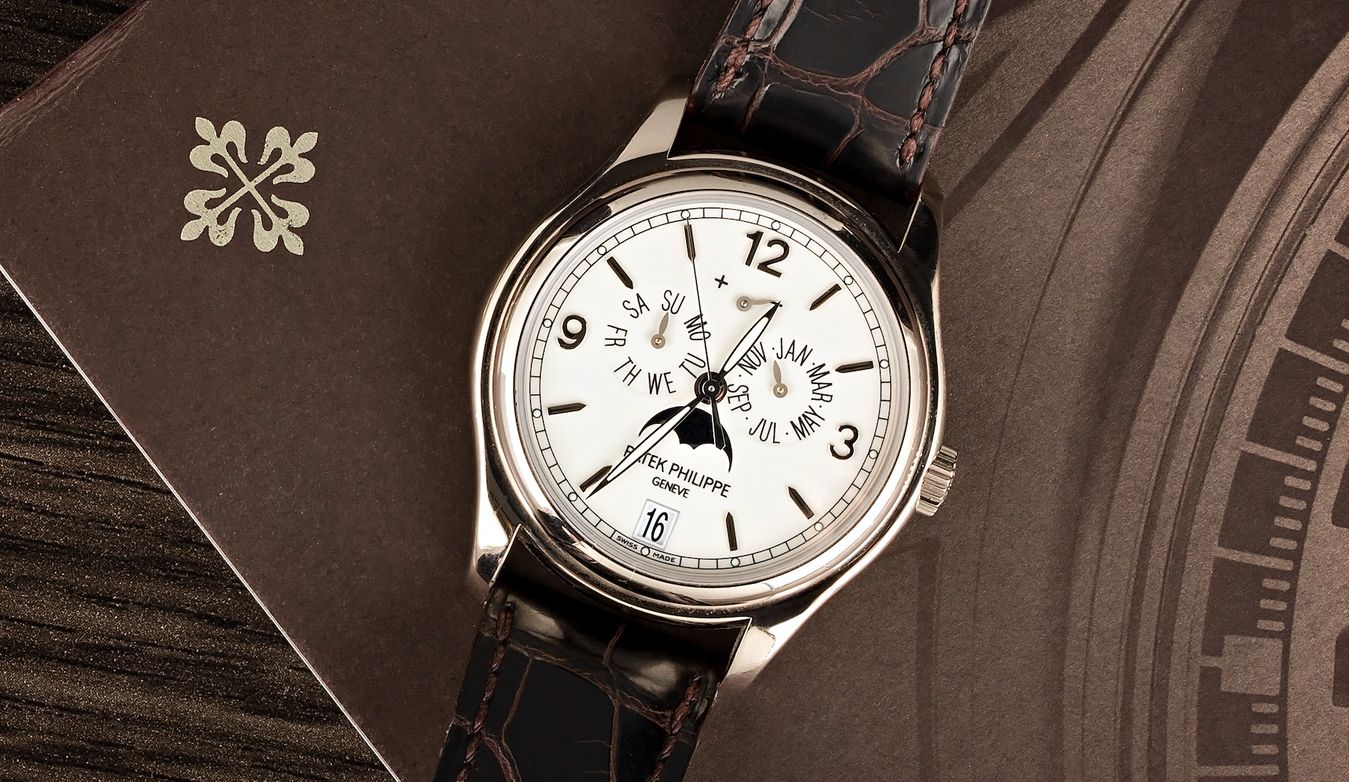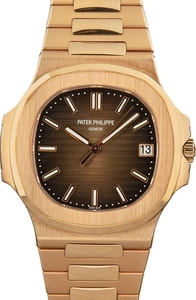Today, Rolex is by all measures, a true in-house manufacturer. From the proprietary gold and stainless steel alloys used for their cases and bracelets, all the way down to the specialized lubricants used on the various parts of their movements, nearly every single component in a contemporary Rolex watch is produced entirely in-house.
However, Rolex’s vertically integrated production process was not always in place, and for much of the brand’s early history, the now-legendary timepiece manufacturer relied heavily on a number of third-party manufacturers and suppliers for the various components of their watches. Among these was Gay Frères, a well-known metal bracelet manufacturer, who supplied bracelets to a number of prominent, luxury timepiece companies.
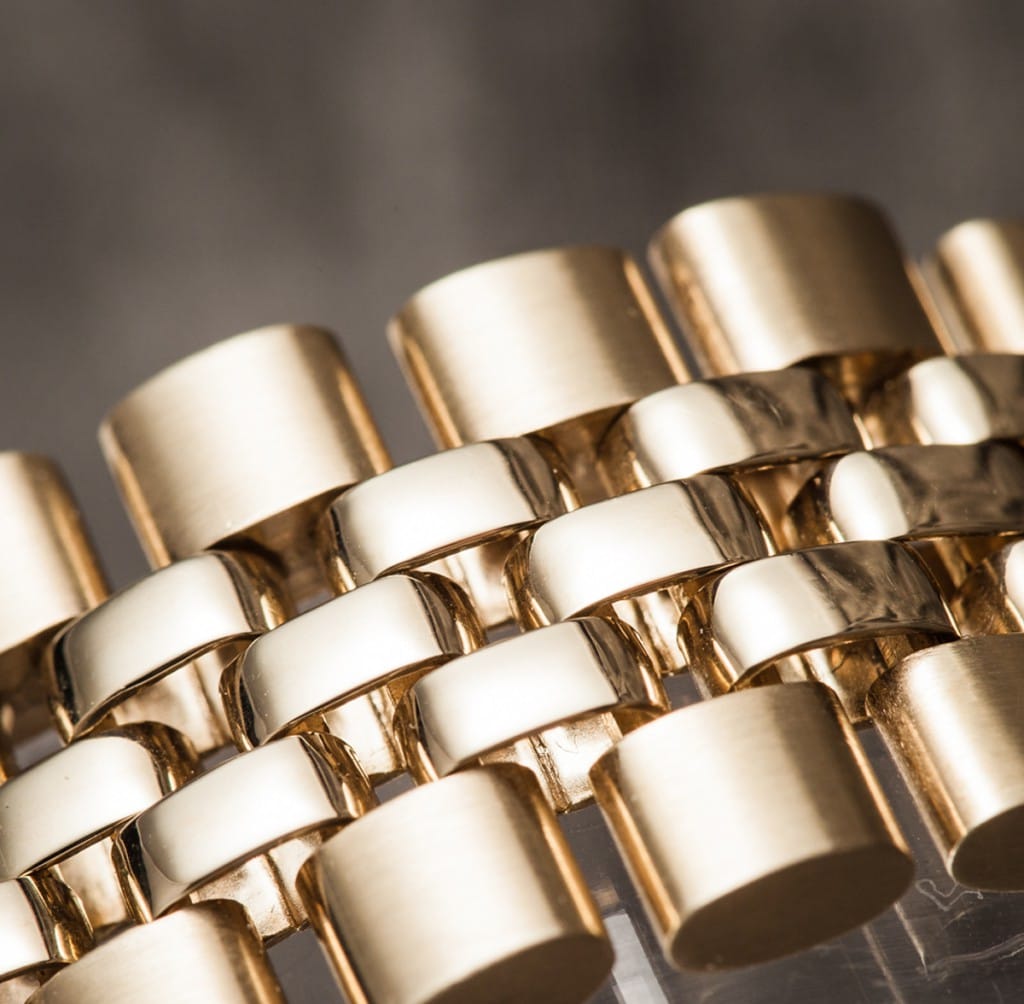
Founded in 1835 by Jean-Pierre Gay and Gaspard Tissot, Gay Frères originally specialized in the production of handmade, gold chains for use with pocket watches and other various jewelry-related applications. During the 20th century, as consumer preferences switched away from pocket watches and moved increasingly towards wristwatches, Frères adapted to the changing times, and started to manufacture finely crafted, metal bracelets for use with high-end watches that deserved a band that matched the feel and quality of the timepiece itself.
Throughout much of the 20th century, Gay Frères played a major role within the wristwatch industry as one of its largest and most highly regarded bracelet manufacturers. The list of wristwatch companies for which Frères designed and supplied bracelets is extensive and includes some of Switzerland’s most prestigious and well-known brands, such as Rolex, Patek Philippe, Vacheron Constantin, Audemars Piguet, and Heuer – just to name a few.
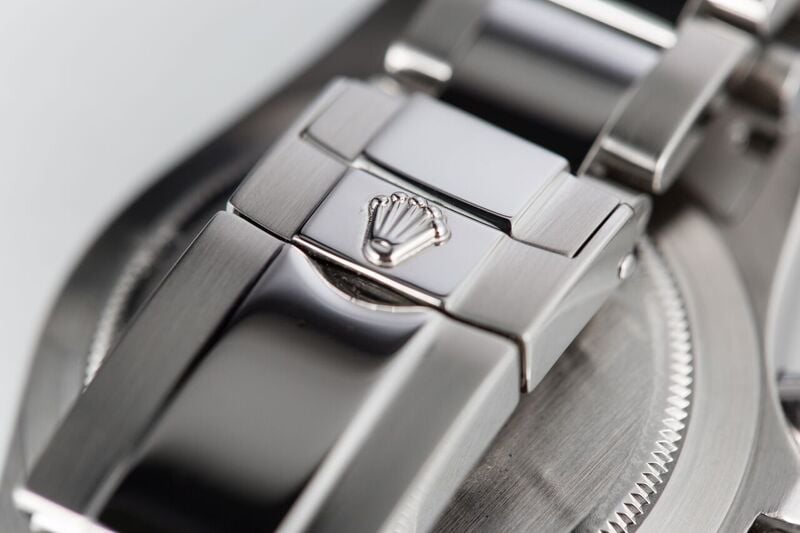
There were other companies that manufactured metal bracelets for wristwatches; however the innovative designs of Gay Frères, along with the company’s consistently strong build, quality and craftsmanship, earned them the industry’s top spot. Additionally, during the 1930s, consumer preferences shifted towards watches with stainless steel cases, which gave Gay Frères an additional advantage. Stainless steel is significantly harder and more difficult to shape than gold, and consequently requires a level of expertise craftsmanship that only a few companies at the time (other than Gay Frères) would have been able to supply, let alone manufacture on a large scale.
By the 1970s, Gay Frères had already built a strong reputation as both a manufacturer and a bracelet designer. Due to their unrivaled expertise and experience manufacturing watch bracelets from stainless steel, Audemars Piguet approached Gay Frères for the integrated bracelet on their now-iconic Royal Oak. Four years later, Patek Philippe also reached out to Gay Frères; however this time it was for help with the bracelet on their newly-designed competitor to Audemars Piguet’s Royal Oak: the Nautilus.
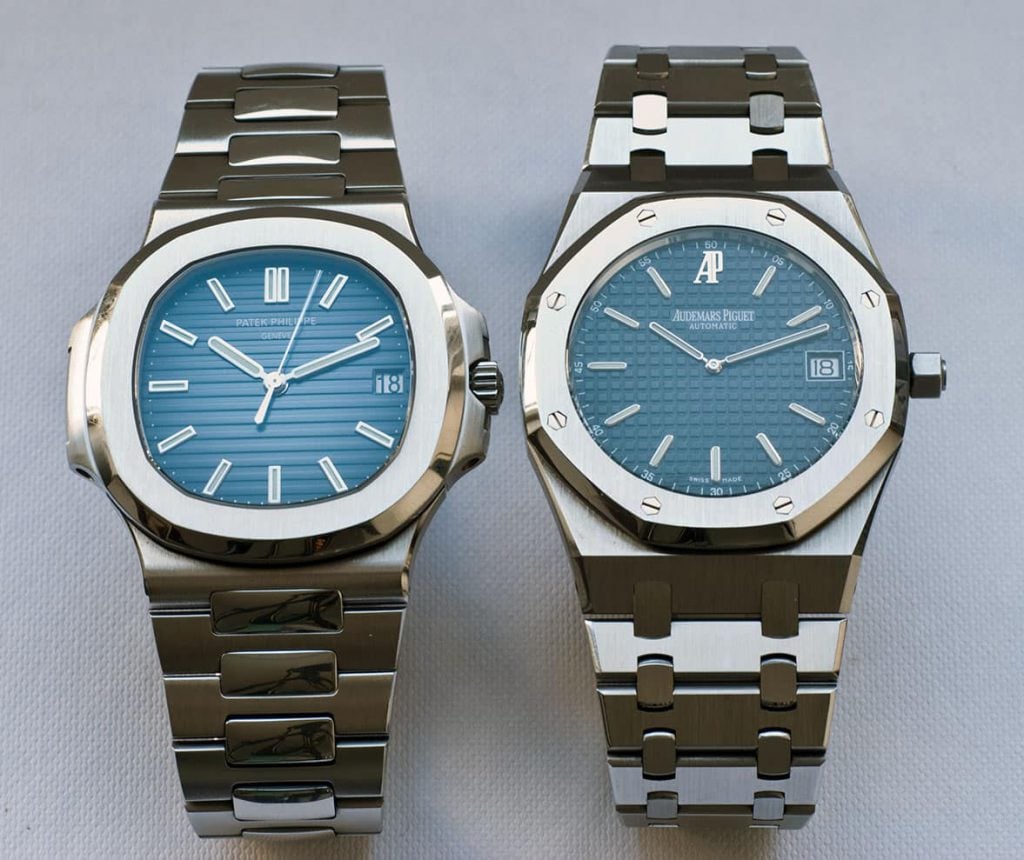
At the height of its success during the mid 1970s, Gay Frères was running the largest factory in Geneva and employing over 500 craftsmen and specialists. In addition to bracelets for wristwatches, Gay Frères also manufactured a variety of other jewelry-related products. While it was Gay Frères that manufactured the very firsts metal bracelets for Rolex during the 1930s, things would ultimately come full circle for the legendary bracelet maker in 1998, when Rolex purchased the historic company as part of an ongoing effort to acquire past suppliers and vertically integrate all aspects of their production process.
Possibly the most impressive feature about Gay Frères was the company’s ability to produce a seemingly endless variety of wonderful and distinct bracelet designs that would perfectly compliment an impossibly diverse range of wristwatches. Throughout their long and illustrious history, Gay Frères manufactured bracelets for everything from conservatively designed dress watches of the 1950s, to chunky and overtly sporty chronographs from the 1970s. Despite producing bracelets for a vast range of different watches from a variety of different timepiece manufacturers, somehow every Frères bracelet seems to be perfectly suited to the overall aesthetics of the watch to which it is fitted.
